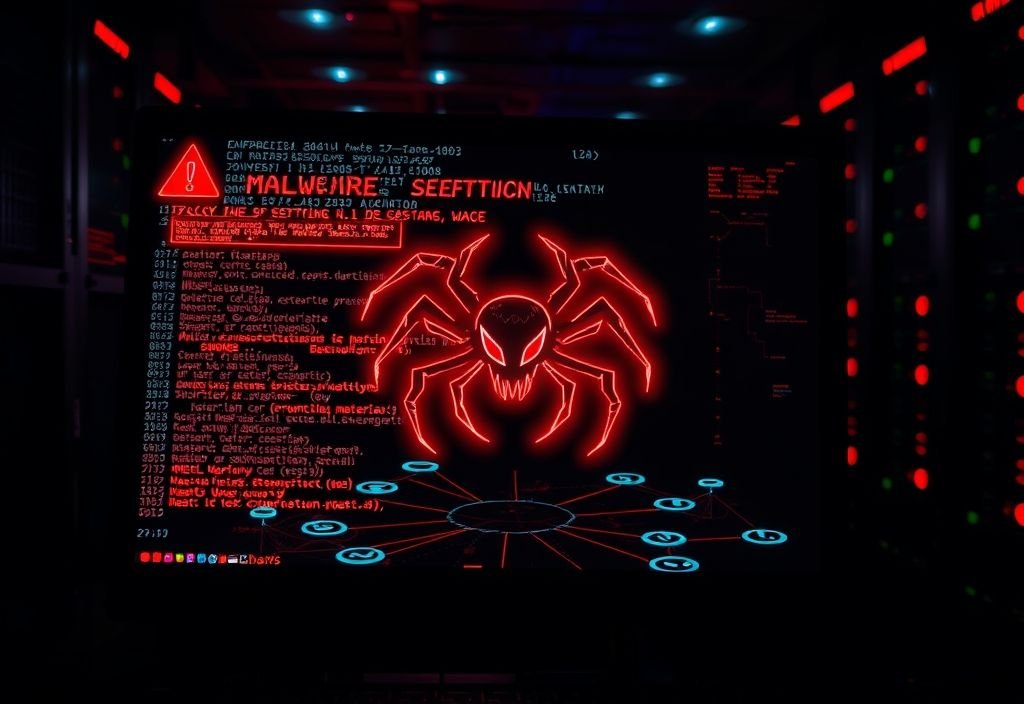Malware Explained: What Every Business Should Know

Malware Explained: What Every Business Should Know
Malware — short for malicious software — is any software created with the intent to harm computers, steal data, or disrupt operations.
It can sneak into your system without you even realizing it — often hiding inside emails, downloads, or seemingly harmless files. Once inside, malware can replicate, spread, and cause serious damage.
Understanding the different types of malware helps you spot the signs and protect your business before an attack becomes a crisis.
Let’s break down the most common types — in simple terms.
Common Types of Malware (And How to Protect Against Them)
1. Macro Viruses
These viruses hide inside documents like Word or Excel files. When opened, they run harmful code that can spread quickly across your system.
How to Stay Safe:
- Avoid opening attachments from unknown senders
- Disable macros unless you’re sure the file is safe
- Keep your office software updated to patch security flaws
2. Trojans
Trojans disguise themselves as legitimate programs or updates. Once installed, they give hackers access to your system — allowing them to steal data or install more malware.
How to Stay Safe:
- Only download software from trusted sources
- Use a reliable antivirus program
- Keep all your security tools updated
3. Boot Sector Viruses
These infect the part of your device that starts your operating system — often through infected USB drives or external storage.
How to Stay Safe:
- Avoid using unknown USB drives or storage devices
- Run regular antivirus scans on external drives
- Secure your boot settings and disable auto-run features
4. Polymorphic Viruses
These sneaky viruses constantly change their code to avoid detection — making them harder to catch with traditional antivirus tools.
How to Stay Safe:
- Use advanced endpoint protection that detects behavior, not just known signatures
- Update your antivirus regularly
- Run frequent system scans
5. Stealth Viruses
As the name suggests, these viruses hide from detection by masking themselves within your system processes.
How to Stay Safe:
- Monitor for unusual activity (slow performance, unexpected pop-ups)
- Use real-time monitoring tools
- Perform regular system checks with updated antivirus software
6. File Infectors
These attach themselves to executable files (like .exe programs). When you run the file, the virus activates and spreads.
How to Stay Safe:
- Avoid downloading executable files from untrusted websites
- Scan all new files before running them
- Use sandboxing tools when testing unknown programs
7. Logic Bombs
Hidden code that triggers a malicious action when certain conditions are met — like a specific date or system event.
How to Stay Safe:
- Maintain regular backups of critical data
- Use anomaly detection tools to spot suspicious system behavior
- Review and audit system logs frequently
8. Worms
Self-replicating malware that spreads across networks automatically — consuming bandwidth and delivering payloads like ransomware or spyware.
How to Stay Safe:
- Keep firewalls configured properly
- Patch systems regularly
- Limit unnecessary network connections
9. Droppers
These are used to secretly install other types of malware onto your system — often designed to evade detection.
How to Stay Safe:
- Use heuristic-based scanning tools that detect suspicious behavior
- Be cautious about what you download
- Consider working with an IT expert who can deploy advanced threat detection
10. Ransomware
One of the most damaging forms of malware — it encrypts your files and demands payment to unlock them.
How to Stay Safe:
- Back up your data regularly to secure, offline locations
- Train employees to avoid phishing emails and suspicious links
- Use multi-layered security solutions, including email filtering and endpoint protection
Don’t Go It Alone — Let Us Help You Stay Protected
Malware comes in many shapes and sizes — each with its own way of causing trouble. Trying to keep up with every threat can feel overwhelming.
That’s where we come in.





